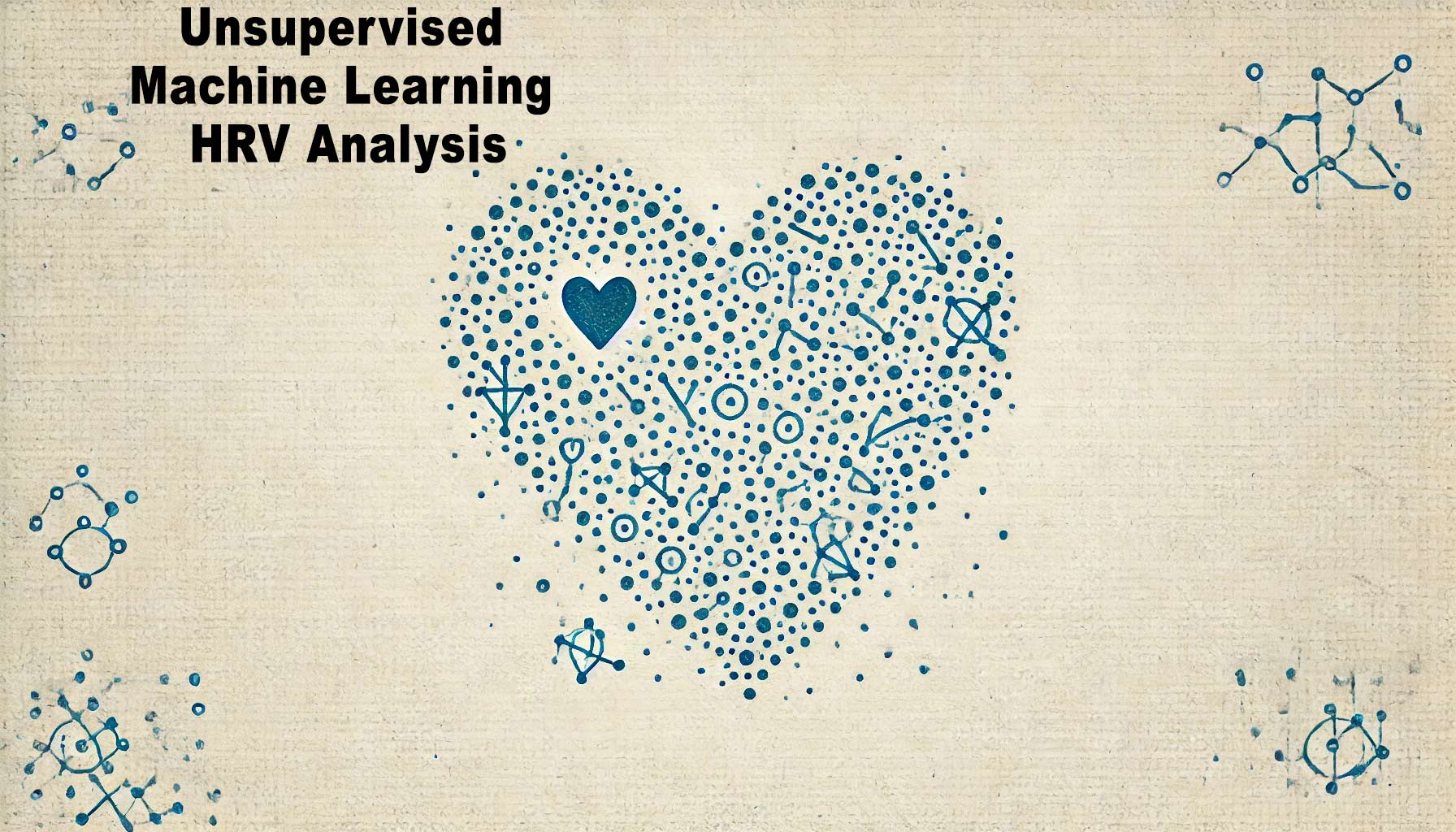I. Introduction
Unsupervised machine learning is an invaluable approach for analyzing Heart Rate Variability (HRV) data, especially when labeled data is limited or when the goal is to explore and uncover new patterns. Unlike supervised learning, which relies on pre-labeled datasets to train models, unsupervised learning works with raw, unlabeled data to discover hidden structures, group similar data points, and identify anomalies. This makes it particularly suited for exploratory HRV studies where new patterns or subgroups may emerge that are not predefined.
HRV, a measure of the variation in time between each heartbeat, provides critical insights into autonomic nervous system function and overall cardiovascular health. By applying unsupervised learning techniques, researchers can cluster HRV data to find natural groupings, reduce data complexity for better visualization, or detect outliers that may signify abnormal physiological conditions. This article focuses on practical applications of unsupervised learning for HRV analysis, offering concrete examples of how these techniques can be used for pattern discovery and anomaly detection, as well as integrating additional data sources to enrich the analysis.
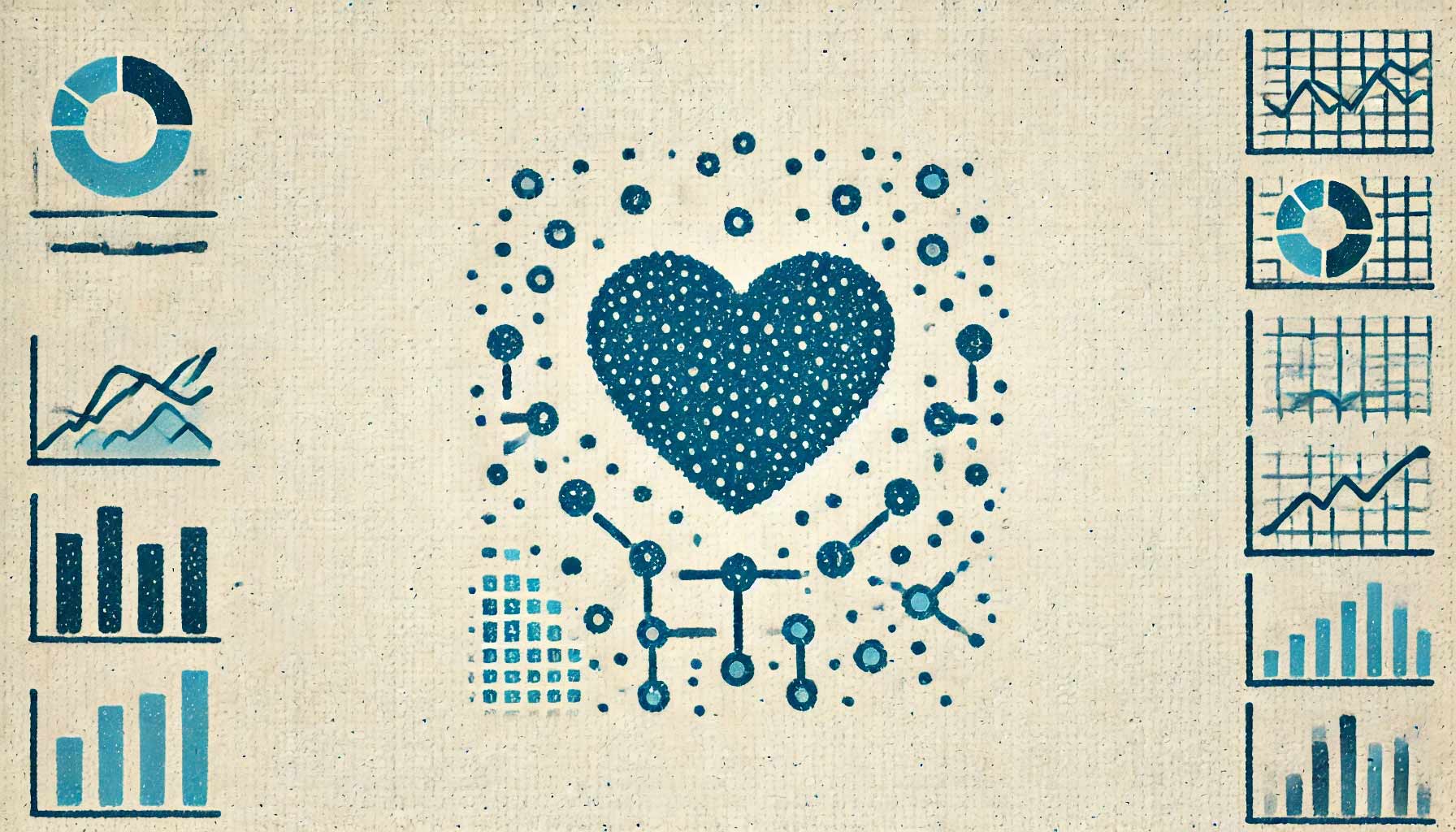
II. Pattern Discovery with Unsupervised Learning in HRV Analysis
Unsupervised learning is highly effective for discovering new patterns in HRV data without the need for pre-labeled examples. This approach allows researchers to identify subgroups within a dataset that may share similar HRV characteristics, which could point to different physiological states, stress responses, or health conditions. Here are some common techniques for pattern discovery in HRV analysis:
A. Clustering Techniques for HRV Data
- K-Means Clustering
K-means clustering is a popular method for grouping similar data points together based on their features. In HRV analysis, K-means can be used to cluster HRV patterns into distinct groups that represent different physiological states or responses. For example, researchers could use K-means to cluster HRV data from a study population into groups that reflect different levels of autonomic activity, such as high-stress responders, normal responders, and low-stress responders. By understanding these clusters, healthcare providers could develop targeted stress management programs for each group.
For Instance: In a workplace wellness study, HRV data from employees can be collected throughout the day, combined with self-reported stress levels. K-means clustering can then be used to identify subgroups of employees who exhibit similar HRV patterns under varying stress conditions, such as during meetings or breaks. This insight can help organizations implement personalized wellness interventions to reduce stress and improve employee well-being. - Hierarchical Clustering
Hierarchical clustering builds a tree-like structure (dendrogram) that groups data points at various levels, allowing for a more detailed analysis of subclusters within HRV data. This method is particularly useful when the number of clusters is not known in advance, as it does not require pre-specifying the number of clusters like K-means. Researchers can use hierarchical clustering to reveal complex, layered relationships within HRV datasets.
For Instance: In a cardiovascular study, hierarchical clustering could be applied to long-term HRV data to identify varying degrees of cardiovascular risk profiles among participants. The dendrogram might reveal distinct clusters, such as “low risk,” “moderate risk,” and “high risk,” based on HRV parameters combined with other variables like age, BMI, and lifestyle factors. This can help in stratifying patients more effectively for preventive care or interventions.
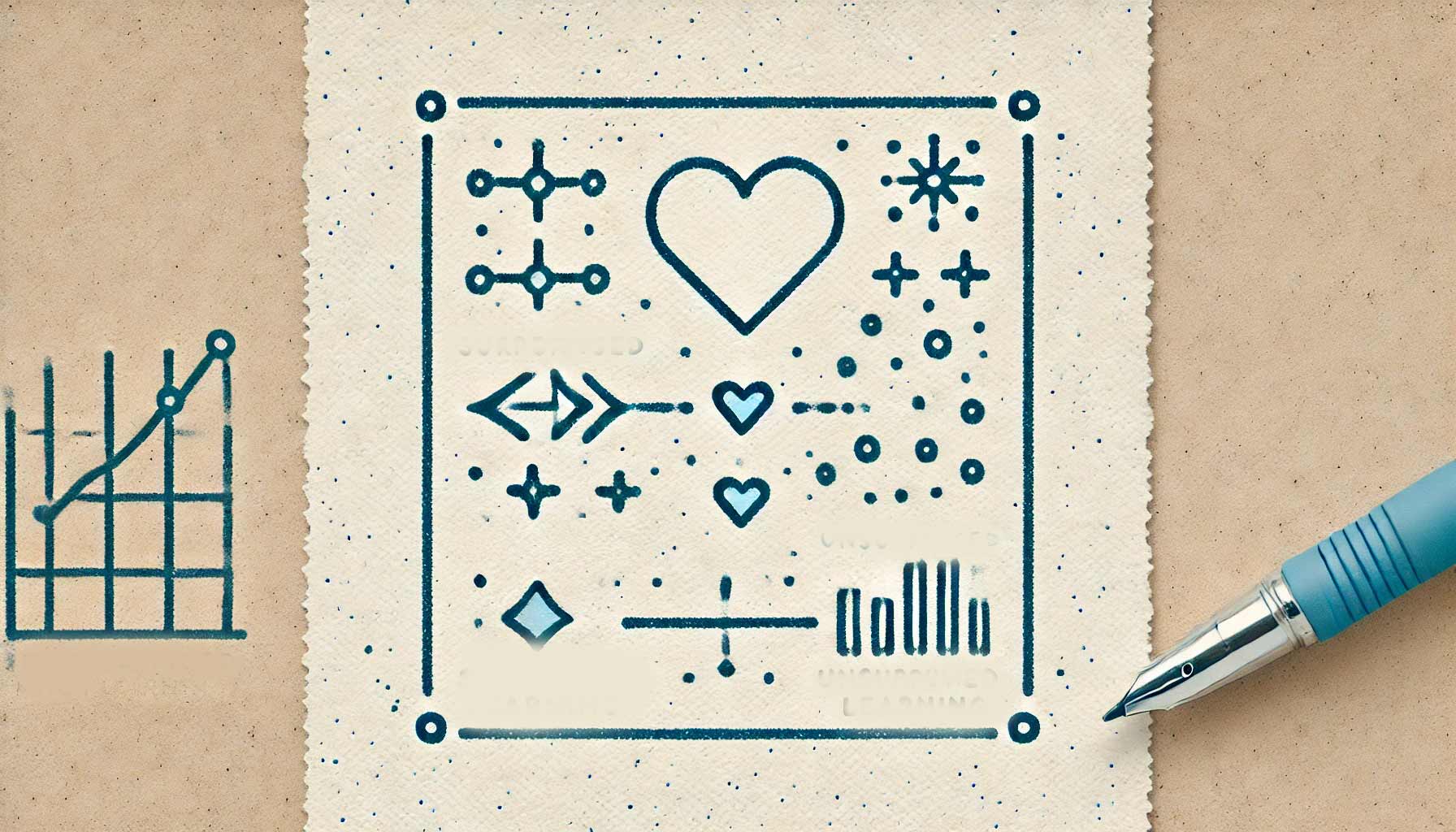
B. Dimensionality Reduction for Visualizing HRV Patterns
- Principal Component Analysis (PCA)
Principal Component Analysis (PCA) is a dimensionality reduction technique that simplifies complex datasets by focusing on the key components that capture the most variance. In HRV analysis, PCA can help visualize high-dimensional data, making it easier to identify patterns that might be difficult to see in raw form. By reducing the number of variables, PCA allows researchers to understand the underlying structure of the HRV data more clearly.
For Instance: In a study analyzing HRV data during different physical activities (e.g., walking, running, resting), PCA can be used to visualize how HRV patterns cluster by activity type. This helps in identifying which activities lead to similar HRV responses and can inform tailored exercise programs for health and fitness. - t-Distributed Stochastic Neighbor Embedding (t-SNE)
t-SNE is another powerful dimensionality reduction technique that is particularly useful for visualizing complex, high-dimensional data in a lower-dimensional space (typically two or three dimensions). t-SNE excels at preserving the local structure of data points, making it ideal for visualizing clusters that might overlap or be close together.
For Instance: In psychological research, HRV data could be collected alongside self-reported emotional states (e.g., calm, anxious, excited). Using t-SNE, researchers could project this high-dimensional HRV data into a two-dimensional plot, revealing distinct clusters corresponding to different emotional states. This visualization can help identify patterns that could lead to better understanding of how different emotions affect autonomic function.
By leveraging these clustering and dimensionality reduction techniques, researchers can discover new patterns in HRV data that may not have been previously considered. This can lead to new hypotheses, more targeted health interventions, and a deeper understanding of the complex relationship between autonomic function and various physiological, psychological, and environmental factors. In the next section, we will explore how unsupervised learning techniques can be applied for anomaly detection in HRV analysis, helping to identify rare or abnormal events that could signify important health risks.
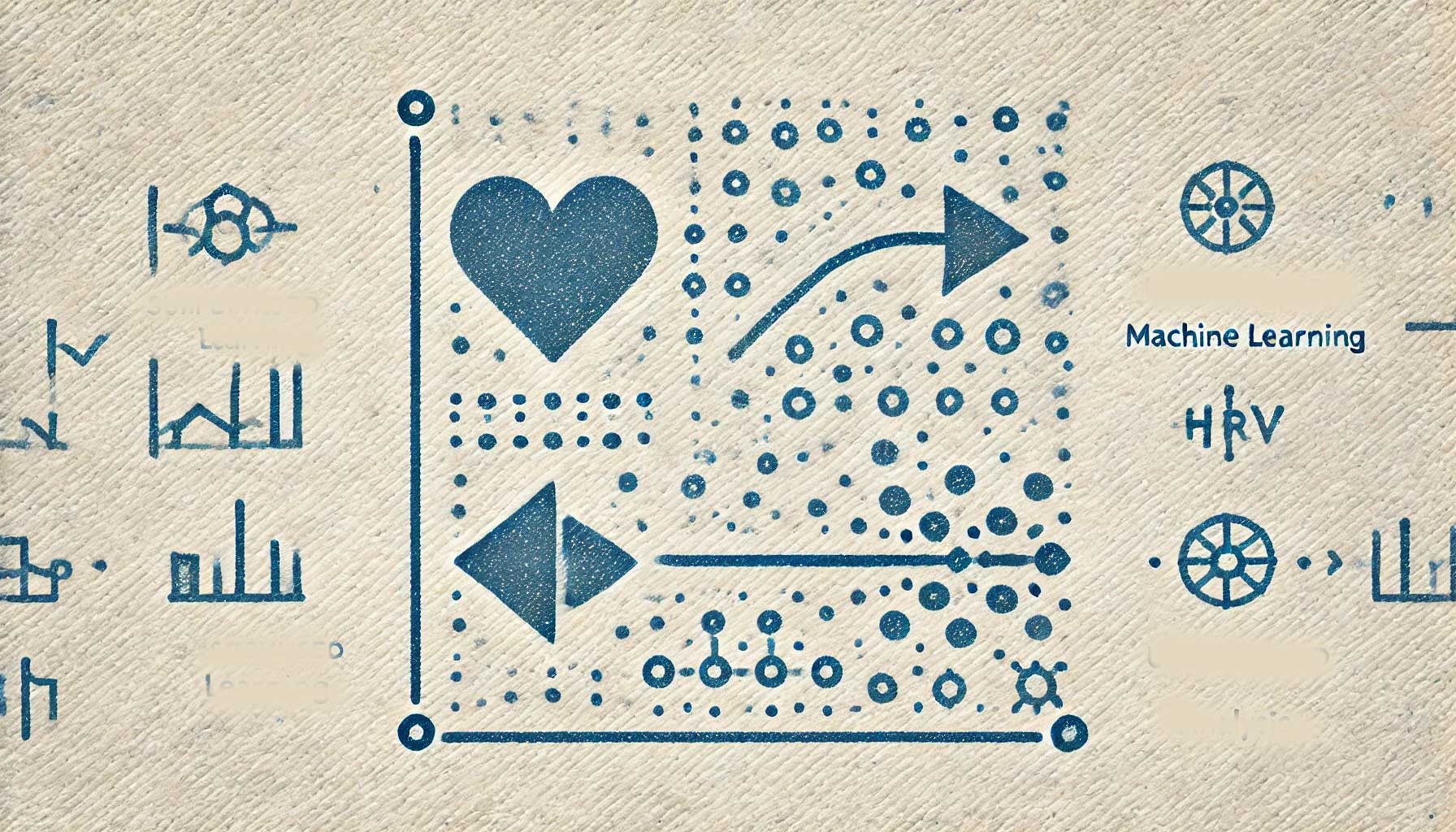
III. Anomaly Detection with Unsupervised Learning in HRV Analysis
Anomaly detection is a critical application of unsupervised learning in HRV analysis, helping to identify rare or abnormal events that might indicate potential health issues. Unlike pattern discovery, which focuses on grouping similar data points, anomaly detection aims to find data points that deviate significantly from what is considered “normal.” In HRV analysis, these anomalies could signify abnormal heart rhythms, stress responses, or early signs of cardiovascular events.
A. Identifying Rare Events and Outliers
- Isolation Forest
The Isolation Forest algorithm is specifically designed to detect anomalies by isolating outliers from the bulk of the data. It works well with HRV datasets by identifying instances that differ significantly from the normal HRV patterns, which may indicate abnormal heart activity or stress responses. Isolation Forests are particularly effective because they are less sensitive to noise and require fewer assumptions about the data distribution.
For Instance: Researchers can apply the Isolation Forest algorithm to a long-term HRV dataset from patients with a history of cardiac events. By identifying HRV patterns that deviate sharply from the established “normal” patterns, the model can detect early signs of arrhythmias or potential cardiac arrest, prompting timely medical intervention. - One-Class SVM (Support Vector Machine)
One-Class SVM is another powerful tool for anomaly detection, particularly in scenarios where only normal HRV data is available for training. This model learns the boundaries of normal HRV patterns and identifies any deviations from this learned norm as potential anomalies. It is especially useful in healthcare settings where abnormal events (e.g., heart attacks) are rare and not well represented in the dataset.
For Instance: In a cardiac rehabilitation program, One-Class SVM can be used to monitor patients’ HRV data continuously. The model can flag unusual HRV patterns that do not fit within the boundaries of “normal” recovery, allowing healthcare providers to adjust treatment plans or perform further diagnostic tests.
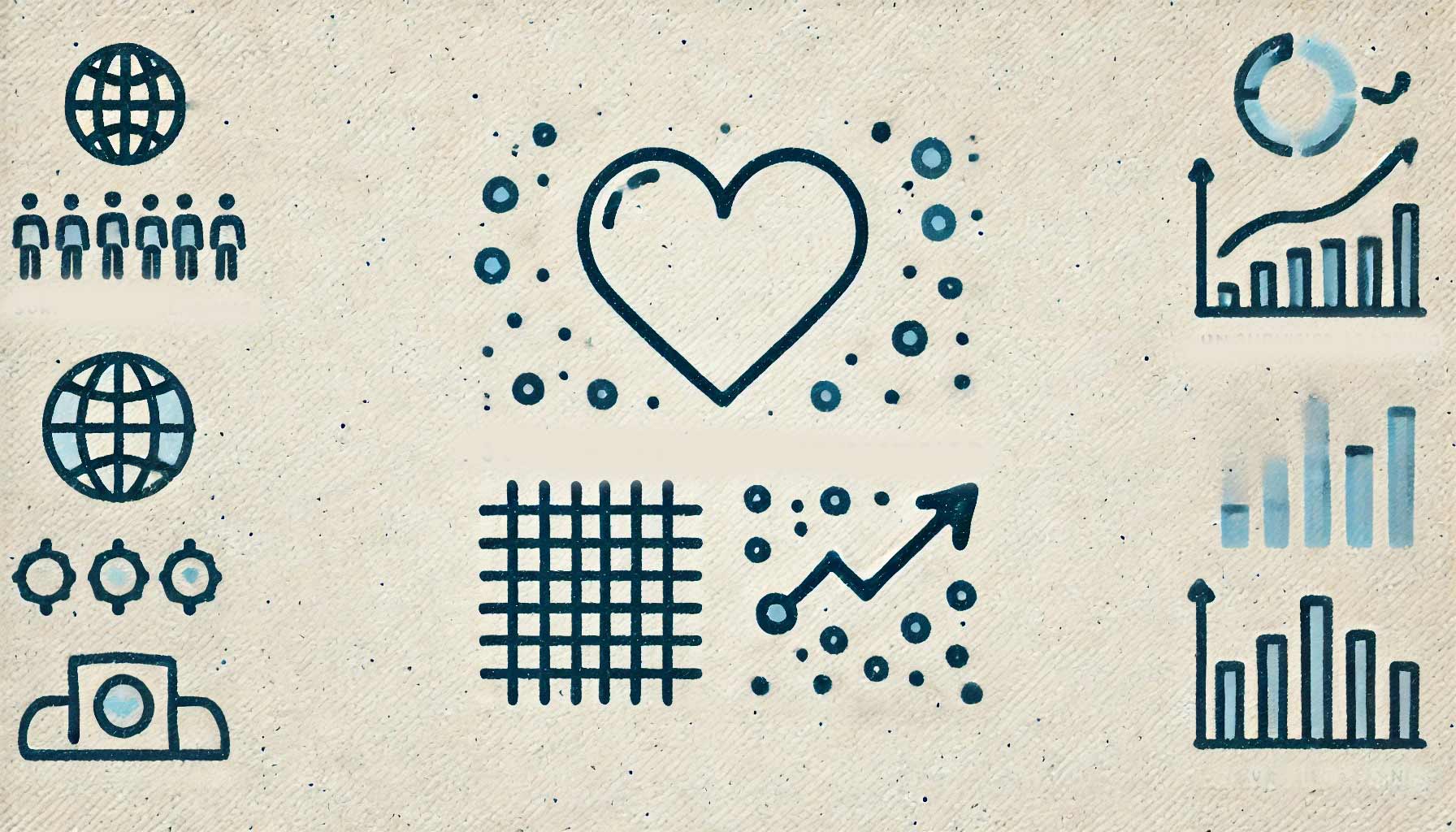
B. Applications in Real-Time Monitoring and Alerts
- Real-Time Anomaly Detection Systems
Unsupervised learning models can be integrated into real-time HRV monitoring systems to provide continuous health surveillance. These systems can quickly detect anomalies and send alerts to healthcare providers or patients, facilitating immediate action to prevent adverse events. Such real-time applications are invaluable in monitoring high-risk patients, such as those with existing cardiovascular conditions.
For instance: A wearable device equipped with real-time anomaly detection algorithms could monitor a patient’s HRV data 24/7. If an unusual pattern is detected that deviates from the patient’s typical HRV range—such as a sudden drop in HRV that could indicate an impending cardiovascular event—the system could send an alert to the patient and their healthcare team for immediate evaluation and intervention. - Integration with Other Physiological Signals
To enhance the accuracy of anomaly detection models, HRV data can be combined with other physiological signals such as skin temperature, blood oxygen levels, or respiratory rate. This multimodal approach improves the model’s ability to detect anomalies that are more likely to indicate real health issues rather than normal variations.
For Instance: In athletic training, combining HRV data with other physiological measures can provide a more comprehensive view of an athlete’s condition. For instance, a significant drop in HRV combined with elevated skin temperature and decreased blood oxygen levels could signal the onset of heat stress or dehydration. The model can alert the coaching staff to modify the athlete’s training regimen accordingly.
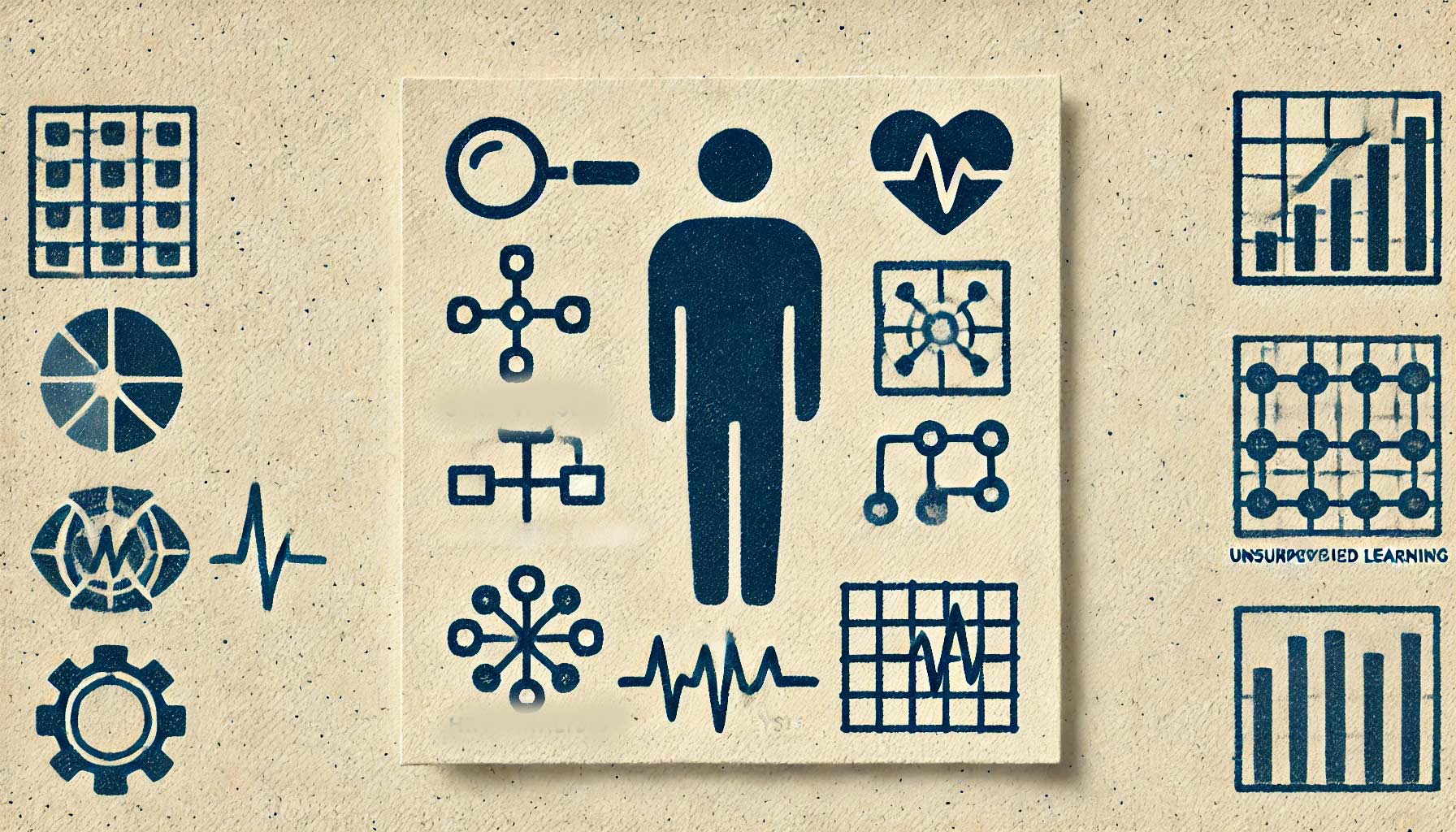
IV. Integrating Unsupervised Learning with Multimodal Data for HRV Analysis
Combining HRV data with other data types enhances the insights gained from unsupervised learning techniques, providing a more holistic understanding of autonomic function and its interaction with various physiological, behavioral, and environmental factors.
A. Combining HRV with Behavioral Data for Pattern Discovery
- Example: Clustering HRV and Sleep Data
Sleep quality and HRV are closely related, and integrating these datasets can reveal important insights into sleep-related autonomic dysfunctions. By combining HRV data with sleep stage data from polysomnography or actigraphy, researchers can use clustering algorithms to identify patterns linked to different sleep disorders, such as sleep apnea or insomnia.
For instance: Using clustering to group HRV data collected during sleep into clusters that correspond to different sleep stages (e.g., REM, deep sleep, light sleep) and identifying patterns associated with disrupted sleep. This can help in diagnosing sleep disorders or developing personalized sleep improvement programs. - Application: Personalizing Sleep and Stress Management
Once clusters are identified, personalized interventions can be designed to improve sleep quality or manage stress more effectively. For example, if a specific cluster is linked to high stress during light sleep stages, interventions can be aimed at reducing stress before bedtime through relaxation techniques or medication adjustments.
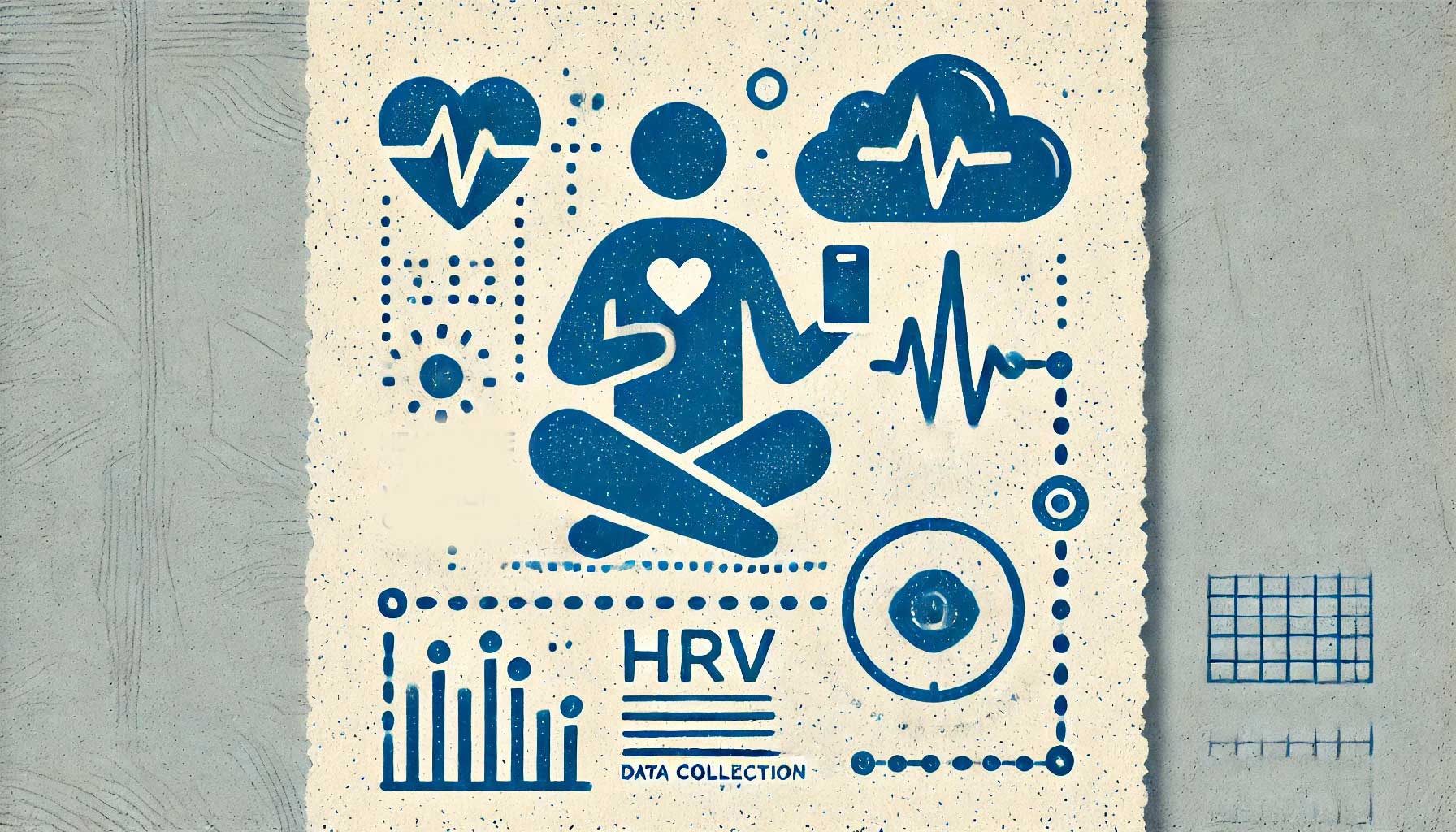
B. Integrating Environmental Data for Contextual Insights
- Clustering HRV and Environmental Factors
Environmental factors such as air quality, noise levels, and temperature can significantly impact HRV. Integrating HRV data with environmental data can help identify how these external conditions affect autonomic function, providing valuable insights for public health initiatives.
For Instance: Using clustering algorithms to identify subgroups of individuals whose HRV is more sensitive to poor air quality or high noise levels. These insights can be used to inform urban planning and public health policies to mitigate the effects of environmental stressors on vulnerable populations. - Application: Urban Health and Wellness Programs
By understanding how environmental factors affect HRV, cities can develop targeted wellness programs. For example, installing noise-reducing infrastructure in areas where noise pollution significantly impacts residents’ HRV and overall health.
C. Combining HRV with Emotional and Cognitive Data
- Example: Clustering HRV and Emotional State Data
HRV is closely linked to emotional and cognitive states, making it valuable to combine HRV data with self-reported emotional states or physiological measures such as facial expression analysis or EEG (electroencephalography). By clustering these datasets together, researchers can identify patterns in HRV that correspond to different emotional conditions, such as anxiety, depression, or stress.
For Instance: Using clustering algorithms to group HRV data and concurrent emotional state data (collected through self-reports or physiological sensors) into clusters representing different levels of emotional arousal or stress. These clusters can then help distinguish between different mental health conditions or responses to therapy, providing a more objective measure of emotional and cognitive states.
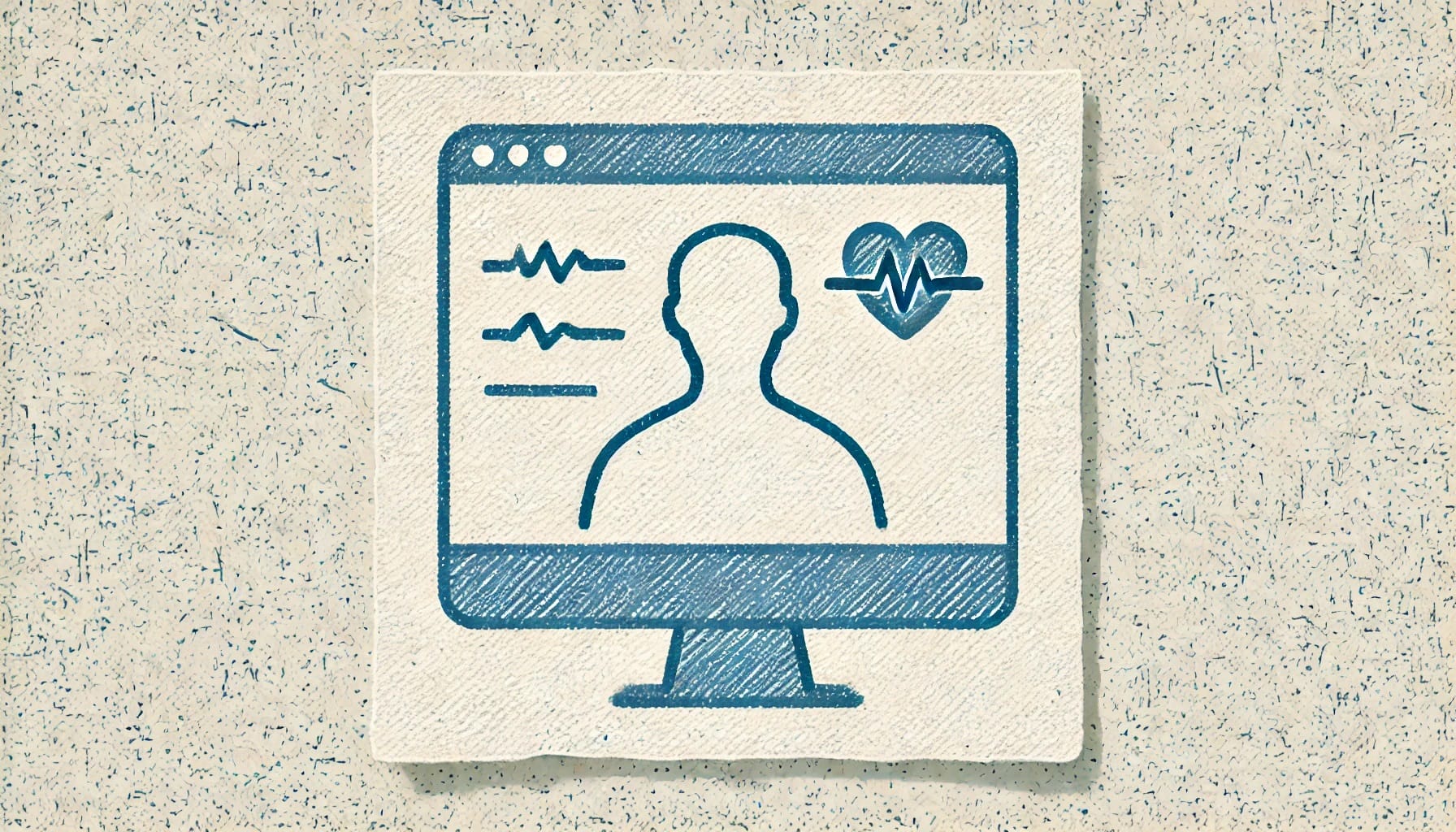
- Application: Mental Health Monitoring and Support
Clusters identified through unsupervised learning can be used to develop real-time mental health monitoring tools. For example, wearable devices could monitor HRV and other physiological signals to provide continuous feedback on a person’s emotional state. When combined with personalized mental health interventions, this approach could help manage conditions like anxiety and depression more effectively.
For Instance: A mobile app integrated with a wearable HRV monitor could use unsupervised learning models to detect signs of increasing anxiety or depression in real-time. When a cluster of HRV data indicating high stress or anxiety is detected, the app could prompt users to perform calming exercises, connect them with a mental health professional, or offer other supportive resources.
By integrating HRV with emotional, behavioral, and environmental data, researchers can gain a more comprehensive understanding of autonomic function and its relation to various physiological and psychological conditions. These multimodal datasets enable more accurate clustering and pattern recognition, which can drive personalized health interventions and enhance public health strategies.
Combining these diverse data sources with unsupervised learning allows for a richer analysis of HRV, facilitating the discovery of novel patterns and the identification of subtle health risks that might not be evident when analyzing HRV data alone.
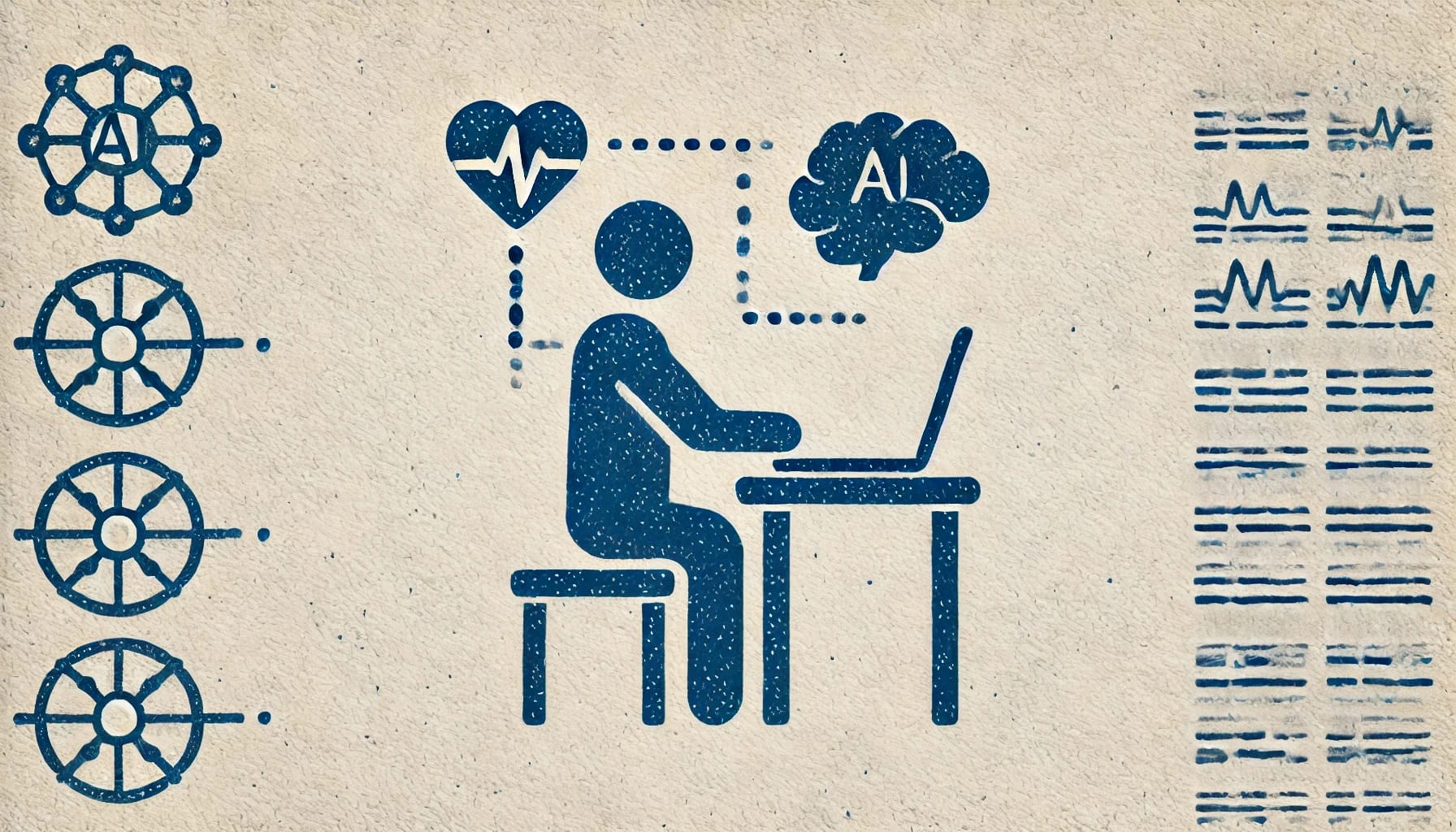
V. Practical Applications of Unsupervised Learning for HRV Analysis
Unsupervised learning methods offer versatile applications for HRV analysis, particularly when the goal is to uncover unknown patterns or develop adaptive health interventions. Here, we explore how these techniques can be applied in different research and clinical settings to provide actionable insights.
A. Exploring Unknown Patterns for Research Insights
Unsupervised learning enables researchers to explore unknown patterns in HRV data, which can lead to new hypotheses or discoveries about autonomic function and health. By identifying clusters or anomalies that were not previously known, researchers can generate new research questions and explore relationships between HRV and various health outcomes.
For Instance: In a study of patients with chronic illnesses, unsupervised learning can cluster HRV data to reveal new subtypes of autonomic dysfunction that are not captured by existing clinical classifications. For example, a cluster of patients with similar HRV patterns may be found to correlate with a specific combination of symptoms or comorbidities, leading to further investigation and potentially new treatment approaches.
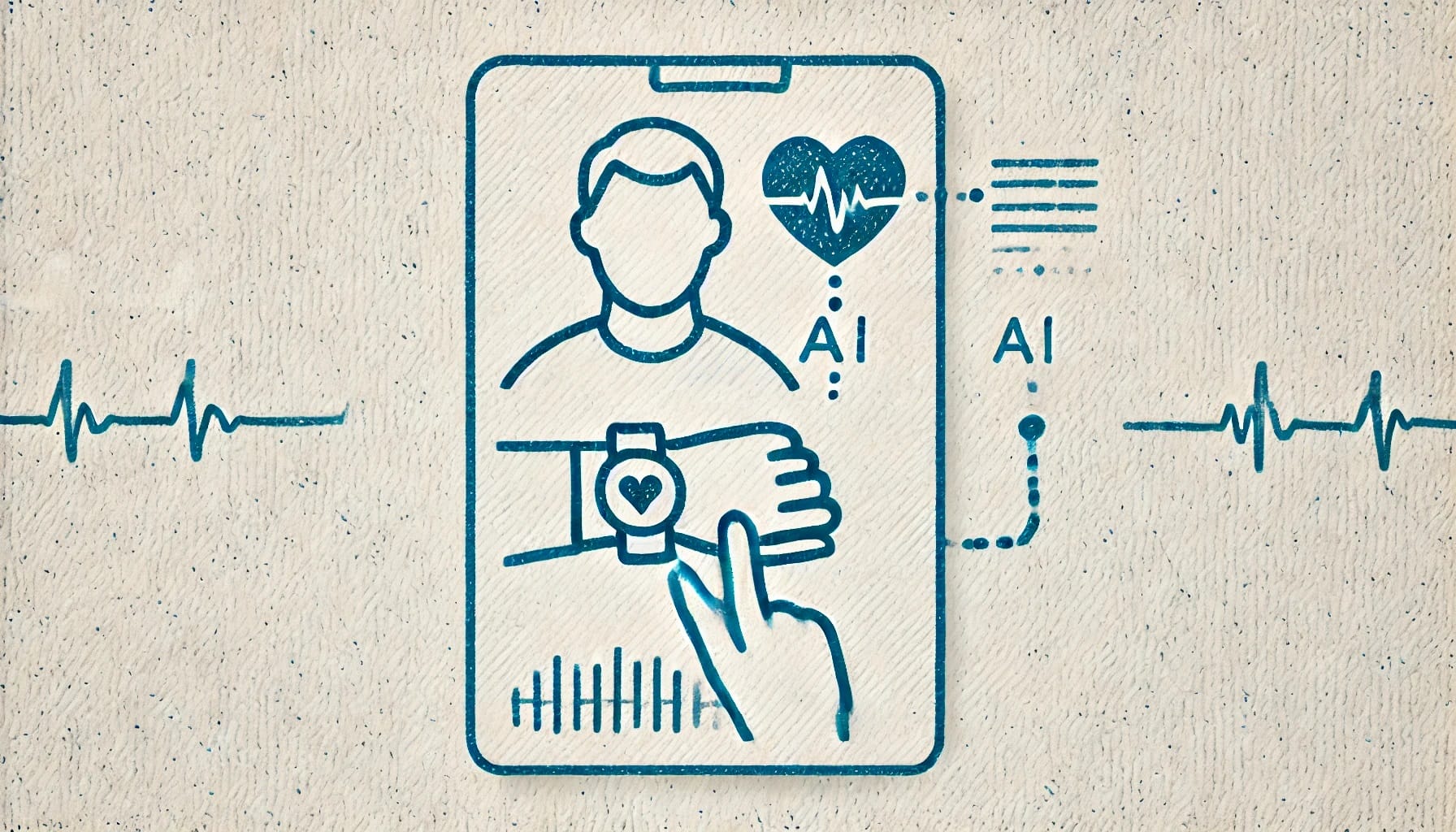
B. Developing Adaptive Health Interventions
Unsupervised learning models can adapt to new data over time, making them ideal for fields where health states and conditions are dynamic, such as sports science or mental health. These models can be used to continuously monitor HRV and adjust health interventions based on emerging patterns.
For Instance: In athletic training, unsupervised learning can be used to develop adaptive training programs by clustering HRV data from athletes during different training sessions. If certain HRV patterns indicate overtraining or inadequate recovery, the model can recommend adjusted training loads, rest periods, or specific recovery strategies to optimize performance and prevent injury.
C. Enhancing Population Health Studies
Large-scale epidemiological studies can leverage unsupervised learning to identify subpopulations at risk for specific health conditions based on HRV variability. This approach can help public health officials understand how different demographic, lifestyle, and environmental factors influence autonomic function and health risks across diverse populations.
For Instance: In a population study examining cardiovascular health, clustering HRV data alongside demographic factors, such as age, gender, and socioeconomic status, can identify subgroups with distinct risk profiles. These findings can inform targeted public health interventions, such as community-based exercise programs or stress reduction workshops aimed at high-risk populations.
Unsupervised learning provides powerful tools for uncovering hidden patterns and making data-driven decisions in health research. By identifying subgroups, anomalies, and new patterns in HRV data, researchers and clinicians can develop more personalized and effective health interventions.
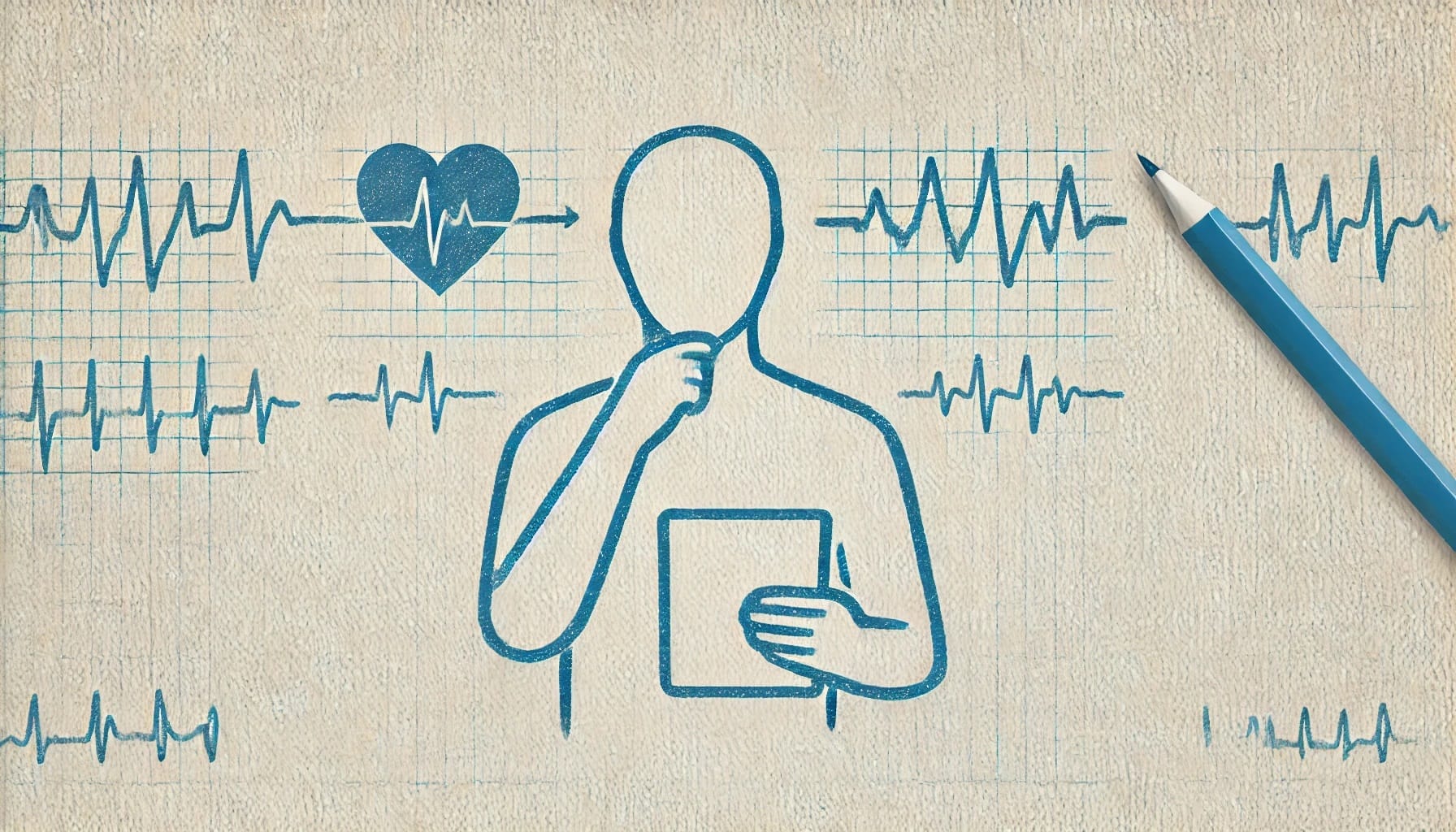
VI. Conclusion
Unsupervised machine learning offers a unique approach to HRV analysis, particularly when the goal is to explore complex datasets, discover new patterns, or detect anomalies. By using techniques like clustering, dimensionality reduction, and anomaly detection, researchers can unlock valuable insights into autonomic function that may not be apparent through traditional analysis methods.
Integrating HRV with other data types – such as physical activity, environmental conditions, or emotional states – further enriches the analysis, providing a holistic understanding of how different factors interact to influence health. This multimodal approach can lead to more personalized and effective interventions, real-time monitoring systems, and improved public health strategies.
Researchers are encouraged to experiment with unsupervised learning techniques to explore new dimensions of HRV data, generate innovative research questions, and develop adaptive health solutions. By embracing these methods, we can push the boundaries of HRV research and contribute to more proactive and personalized healthcare.
Call to Action
📅 If you want to learn more about Fibion’s solution for measuring HRV, do not hesitate to book a video call with our expert Dr. Miriam Cabrita.

🔍 You may also discover other valid and reliable products in our portfolio, such as the Fibion Research, Fibion Vitals, Fibion Sleep, Fibion Sens, Fibion Emfit, and Fibion Circadian, all designed to assist in research measuring physical activity, sedentary behavior, and sleep.
✨ For those interested in an in-depth look at the features and pricing across available heart rate variability (HRV) actigraphy tools, we invite you to explore our comprehensive comparison sheet. Click here for access.
Frequently asked questions about this topic:
What is the role of unsupervised learning in HRV analysis? +
Unsupervised learning is used in HRV analysis to discover hidden patterns, cluster similar data points, and detect anomalies without the need for pre-labeled data. It helps explore new physiological states, stress responses, or health conditions.
How can clustering techniques like K-means and hierarchical clustering be applied to HRV data? +
Clustering techniques like K-means and hierarchical clustering can group HRV data into distinct clusters based on similar characteristics. For example, they can identify subgroups with different levels of autonomic activity or stress responses, helping tailor health interventions.
What is the importance of anomaly detection in HRV analysis? +
Anomaly detection in HRV analysis helps identify rare or abnormal events that may indicate potential health issues, such as abnormal heart rhythms or stress responses. Techniques like Isolation Forest and One-Class SVM are commonly used for this purpose.
How can unsupervised learning be integrated with multimodal data for HRV analysis? +
Integrating HRV with multimodal data like sleep, activity, environmental, or emotional data enhances insights by providing a holistic view of autonomic function. Clustering and anomaly detection can reveal patterns that link HRV to specific physiological or environmental conditions.
What are the practical applications of unsupervised learning in HRV research? +
Unsupervised learning can uncover unknown patterns in HRV data, develop adaptive health interventions, and enhance population health studies by identifying subpopulations at risk based on HRV variability and other factors.
How can machine learning be used to monitor HRV in real-time? +
Real-time anomaly detection models can be integrated into HRV monitoring systems to provide continuous surveillance. These models can detect unusual patterns and send alerts for immediate intervention, improving patient outcomes.










